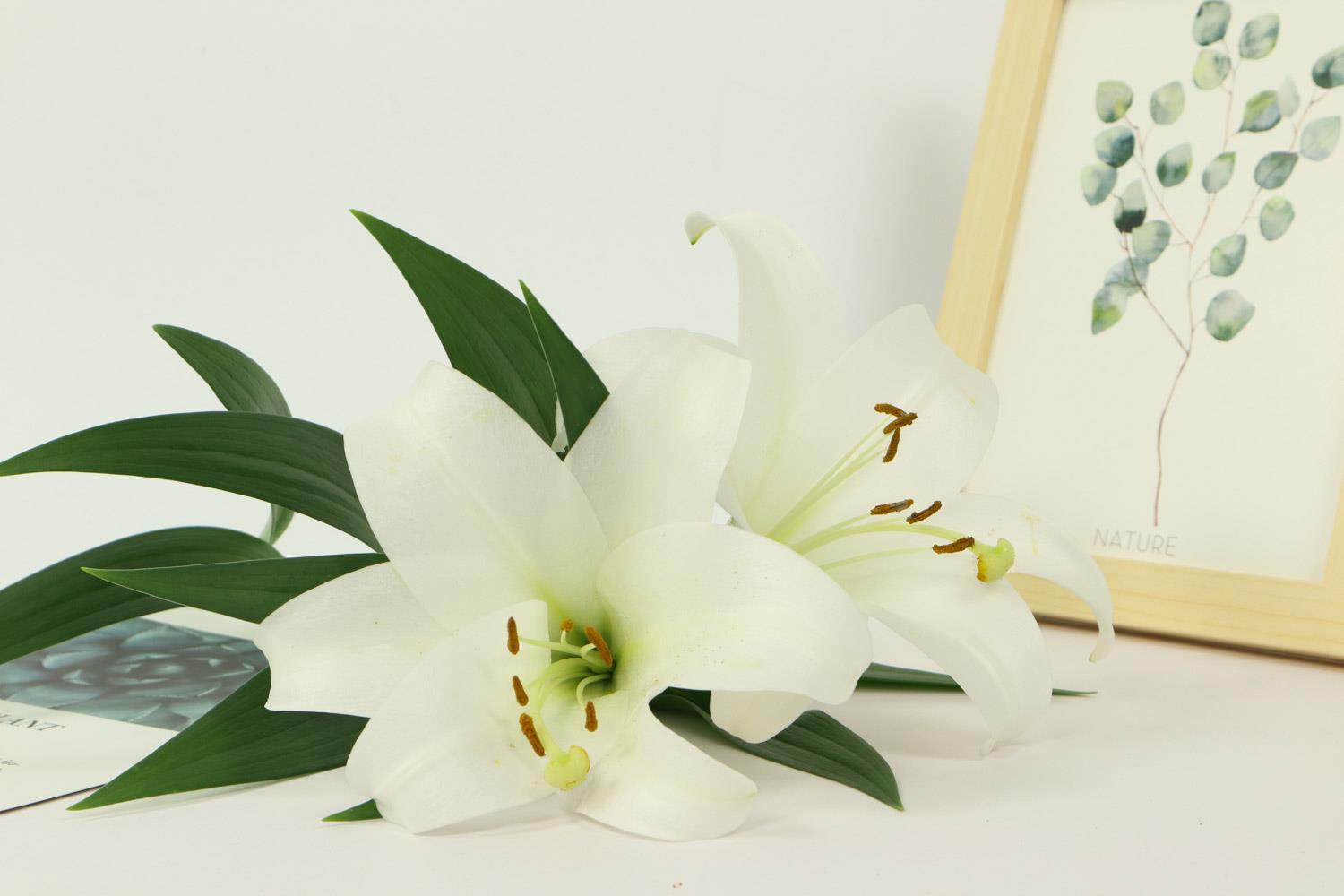How to grow narcissus lily
Last Update :2024.05.11
Article Catalog
To raise daffodil lilies, you need to provide sufficient light, but in summer, you need to provide appropriate shade, and you also need to rotate the flower pot so that it receives even light. During the growth period, the temperature should be gradually increased, initially at 5-13°C, and after the rhizomes grow, control it at 18-25°C. Water frequently, keep the substrate moist, and spray water appropriately. Fertilize every 5-7 days, mainly nitrogen fertilizer. Propagation is usually done using scale cuttings. If there are pests and diseases, diseased branches and leaves need to be removed and treated with pesticides.

1. Maintenance methods
1. Maintenance methods
1. Light: Narcissus lily needs sufficient light during the flower bud development period. Insufficient light can easily stunt growth and cause leaves to fall. However, proper shading is required in summer, and the flower pots should be rotated every once in a while to ensure even light reception.
2. Temperature: In the early growth stage of narcissus lily, the temperature should be controlled at 5-13°C. When the temperature is too high, shade or water spray is needed to cool down. After the rhizomes grow out, the temperature can be increased appropriately, generally 18-25°C is appropriate.

3. Watering: The substrate must be maintained during the growth period of narcissus lily. Moisturize, but not too humid, otherwise it will affect the respiration of the root system. Generally watering in the early morning is more conducive to absorption. You can also spray water at ordinary times to increase the humidity of the environment.
4. Fertilization: Fertilization should begin one month after the narcissus lily is planted. Generally, it is applied once every 5-7 days. The fertilizer is mainly nitrogen fertilizer. Use less phosphorus fertilizer to avoid burning the leaves.

2. Reproduction skills
Darcissus Lilies are usually propagated through scale cuttings. Small balls will appear after cutting, and they can become seed balls after proper cultivation. Tissue culture can also be used to quickly grow high-quality seedlings.

3. Pest and disease control
1 , Diseases: Common diseases include blight, gray mold and viral diseases. Among them, the disease damages the roots and can easily lead to withering and death. It can be treated with aluminum ethylphosphonate solution. Gray mold damages leaves and flowers and can be controlled with thiophanate-methyl solution. Viral diseases can cause plants to be dwarfed and deformed, and can be treated with virusin solution.
2. Pests: The main pests are aphids, leafminers and underground pests. After pest infestation occurs, the pests should be removed, diseased branches and leaves should be cut off, and pesticides should be sprayed to eliminate the pests.
2. Reproduction skills
3. Pest and disease control
- END -
Characteristics of ivy, introduction to ivy

Creeper, also known as wall-creeper, is a plant of the genus Vitaceae. The floweri...
Green plants for the kitchen

Chlorophytum is very suitable for kitchens, can absorb CO2, SO2, etc., and is high...